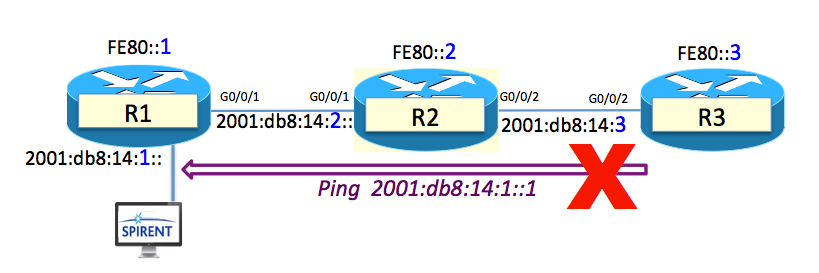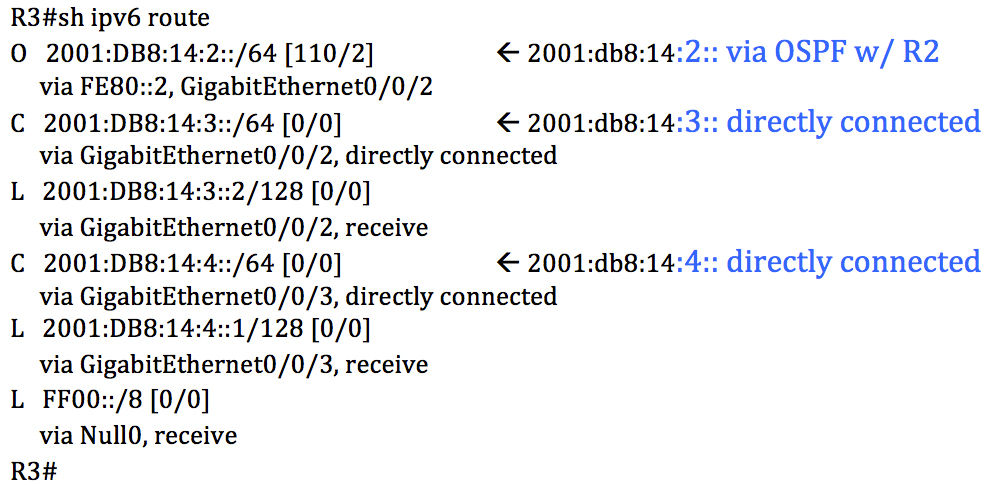0
WWDC 2016: What Apple plans to announce
What we expect Apple to announce at WWDC 2016In just a few hours, Tim Cook and other Apple executives will take the stage and officially kick off Apple’s Worldwide Developers Conference 2016. Per usual, WWDC provides Apple with a forum to give us all an exciting glimpse into what the future of Apple software looks like. Hardware is, of course, important, but Apple's intuitive software has long been the driving force behind the company's success.To read this article in full or to leave a comment, please click here
 So much for going public.
So much for going public.
 Brussels - which hosts several strategic European institutions such as the
Brussels - which hosts several strategic European institutions such as the 
 Let’s PLAY!
Let’s PLAY!




